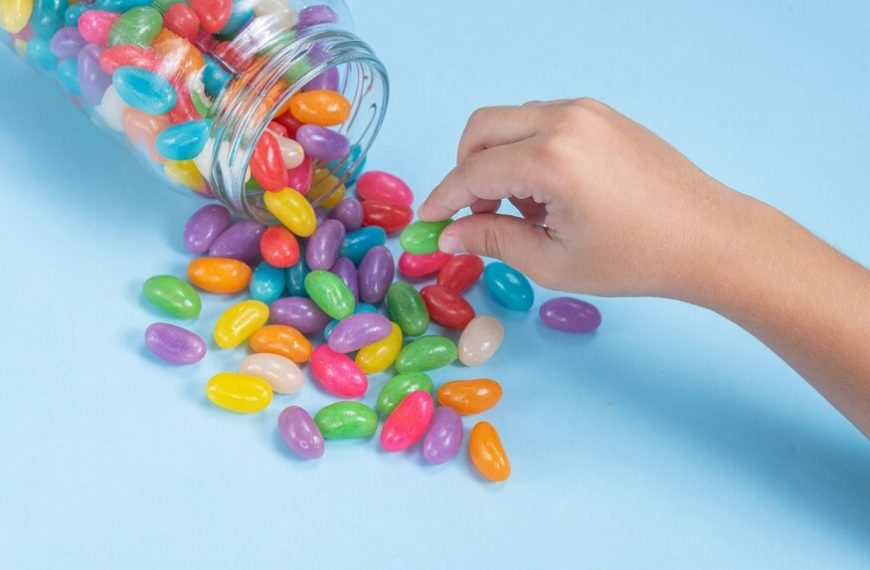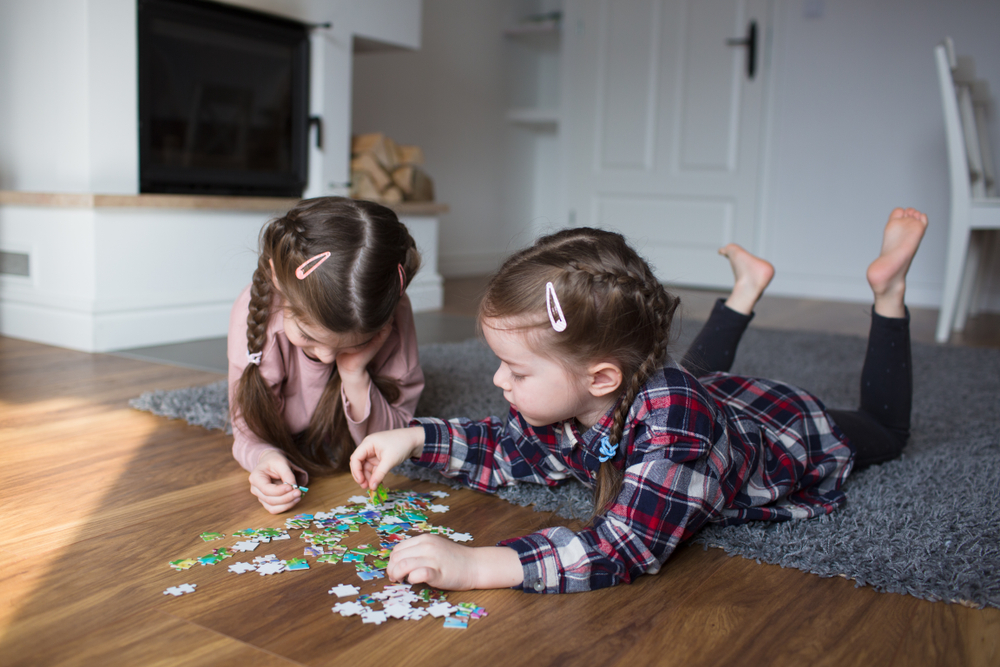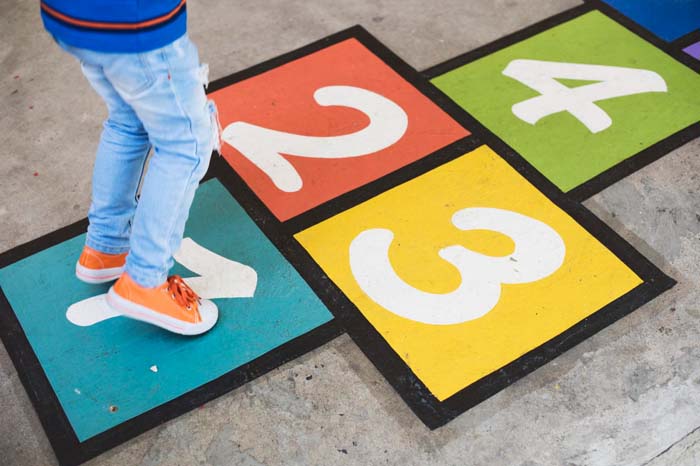The Rainbow Skittles Experiment is a delightful and visually appealing activity to teach children about the process of diffusion. Watching how Skittles, dipped in warm water, create a captivating rainbow swirling is truly amazing!
If you are looking for a lighthearted science experiment for your kids, the Rainbow Skittles Experiment is a perfect choice as it will provide an interactive lesson in scientific principles, offering insights into solubility, diffusion, and colour mixing.
Scroll down to explore some additional experiment suggestions! Learn how to modify the pace and shape of the Skittles rainbow experiment using a teaspoon of sugar and varying water temps. Through this activity, kids can learn a lot by modifying the variables in an experiment and seeing how a small tweak can have a fantastic outcome.
But, Why Do Skittles Make a Rainbow in Water?
Let me explain, the Rainbow Skittles Experiment is more than just a visually captivating display—it is a simple yet profound illustration of scientific principles. Understanding why Skittles make a rainbow in water involves several principles. Take a look at this below:
- Diffusion:
- Water’s Role:
- Colour Mixing:
- Warm Water Acceleration:
Particles diffuse when they go from a region of higher concentration to one of lower concentration. As the sugar coating dissolves, it releases the colourful dyes contained within the Skittles. The dissolved dyes spread out in the water, creating a vibrant and mesmerising rainbow pattern.
The warm water acts as a facilitator for both solubility and diffusion. The increased temperature of the water accelerates the dissolution of the sugar coating, and it helps the dissolved dyes move more rapidly, resulting in a quicker and more pronounced diffusion of colours.
The colours on Skittles are intentionally vibrant and distinct. When they dissolve in water, they mix together, creating new colours where the edges of different shades meet. This aspect of the experiment can be used to explain colour theory and the basics of colour mixing.
The use of warm water is the key element, it accelerates both the solubility of the sugar coating and the diffusion of colours. The higher temperature enhances the speed at which the sugar dissolves and the colours spread, making the process more dynamic.
How do you Experiment with the Skittles Rainbow?
It’s quite easy! Just collect these bits and bobs…A plate or shallow dish Skittles (preferably the original flavours) Warm water Patience and curiosity
Procedure for Rainbow Skittles Experiment
- Collect Your Supplies
- Arrange the Skittles
- Add Warm Water
- Observe and Enjoy
- Document the Process
- Reflect and Discuss
- Experiment Variations
Begin by gathering all the necessary materials. Make sure you have a variety of Skittles in different colours to maximise the rainbow effect.
Take your plate or shallow dish and arrange the Skittles in a circle around the edge. It’s vital to keep a bit of space between each candy.
Carefully pour warm water into the centre of the plate, ensuring it covers the Skittles without overflowing. The water should be warm, but not boiling, as extreme temperatures can affect the experiment.
Once the water is added, sit back and watch as the magic unfolds. The colours on the Skittles will start to dissolve and create a mesmerising rainbow pattern. You can observe the colours spreading and mixing with one another.
Take notes or record the experiment to document the progression of colours. This can be an excellent opportunity for discussions about colour mixing, solubility, and other scientific concepts.
After the colours have fully diffused, engage in a discussion about the science behind the experiment. Ask questions like:
Why did the colours spread? What factors might influence the speed of colour diffusion? How does this experiment relate to real-world processes?
Experiment with variations of the Rainbow Skittles Experiment. Try using different temperatures of water or altering the arrangement of Skittles. Encourage creativity and critical thinking.
How Long Does the Skittles Experiment Last?
The duration of the Skittles Experiment depends on several factors, such as the temperature of the water and the specific conditions of the environment. In general, the experiment begins immediately after adding warm water, and you can observe the colours spreading and mixing within a matter of minutes.
The entire process typically lasts around 10 to 15 minutes. However, the exact timeframe may vary based on variables like the quantity of Skittles, the temperature of the water, and the specific characteristics of the candies.
Regardless of the exact duration, the Rainbow Skittles Experiment offers a brief but mesmerising glimpse into the science of solubility and diffusion, making it a short and sweet exploration of colour dynamics.
A World of Colors at Your Fingertips!
The Rainbow Skittles Experiment is a delightful fusion of playfulness and science that brings joy to both children and adults. Witnessing the rapid diffusion of vibrant colours serves as a hands-on introduction to the wonders of chemistry and physics, making it suitable for educational settings or at-home learning.
This experiment not only provides visual entertainment but also sparks curiosity about the fascinating world of scientific principles. Whether conducted in a classroom, at home with family or as a personal exploration, the Rainbow Skittles Experiment stands as a testament to the educational value that can be found in everyday activities. So, gather your Skittles, embrace the magic of colour, and begin the exciting educational experience.
For more engaging educational activities and a nurturing learning environment for your little ones, consider EuroKids, a leading play school in India. With its commitment to holistic child development, EuroKids provides a platform where curiosity is encouraged, and learning is made fun. To begin your child’s educational journey, visit your nearest branch today and discover a world where every day is an adventure in learning.
Frequently Asked Questions
- How does the Rainbow Skittles Experiment work?
- What role does warm water play in the experiment?
- Can I use cold water instead of warm water for the Skittles Experiment?
- What scientific principles are demonstrated in the experiment?
- How long does the entire Skittles Experiment typically last?
- Can I use different flavours of Skittles for the experiment?
- Is it possible to repeat the experiment with the same Skittles?
- How can I adapt the Rainbow Skittles Experiment for a classroom setting?
Ans: The experiment works through a combination of solubility and diffusion. The water-soluble sugar coating on Skittles dissolves in warm water, releasing vibrant dyes. These dissolved dyes then diffuse through the water, creating a captivating rainbow pattern.
Ans: Warm water plays a crucial role in accelerating both the solubility of the sugar coating and the diffusion of colours. The higher temperature enhances the speed at which the sugar dissolves and the colours spread, making the process more dynamic.
Ans: While the experiment can still be conducted with cold water, using warm water is recommended as it accelerates the process, making the colour diffusion more rapid and visually striking.
Ans: The experiment demonstrates the principles of solubility (the sugar coating dissolving in water) and diffusion (the movement of dissolved dyes from higher to lower concentration).
Ans: The experiment usually lasts around 10 to 15 minutes, during which observers can witness the rapid transformation of water into a vibrant canvas of colours.
Ans: Yes, different flavours of Skittles can be used, and experimenting with various combinations adds to the diversity of colours in the rainbow pattern.
Ans: The experiment can be repeated with the same Skittles, but the colours may be less vibrant as the dyes are partially released in the first iteration.
Ans: To adapt to a classroom, consider discussing the scientific principles before and after the experiment, encourage students to hypothesise about the outcomes, and perhaps even vary the experiment conditions for further exploration.














